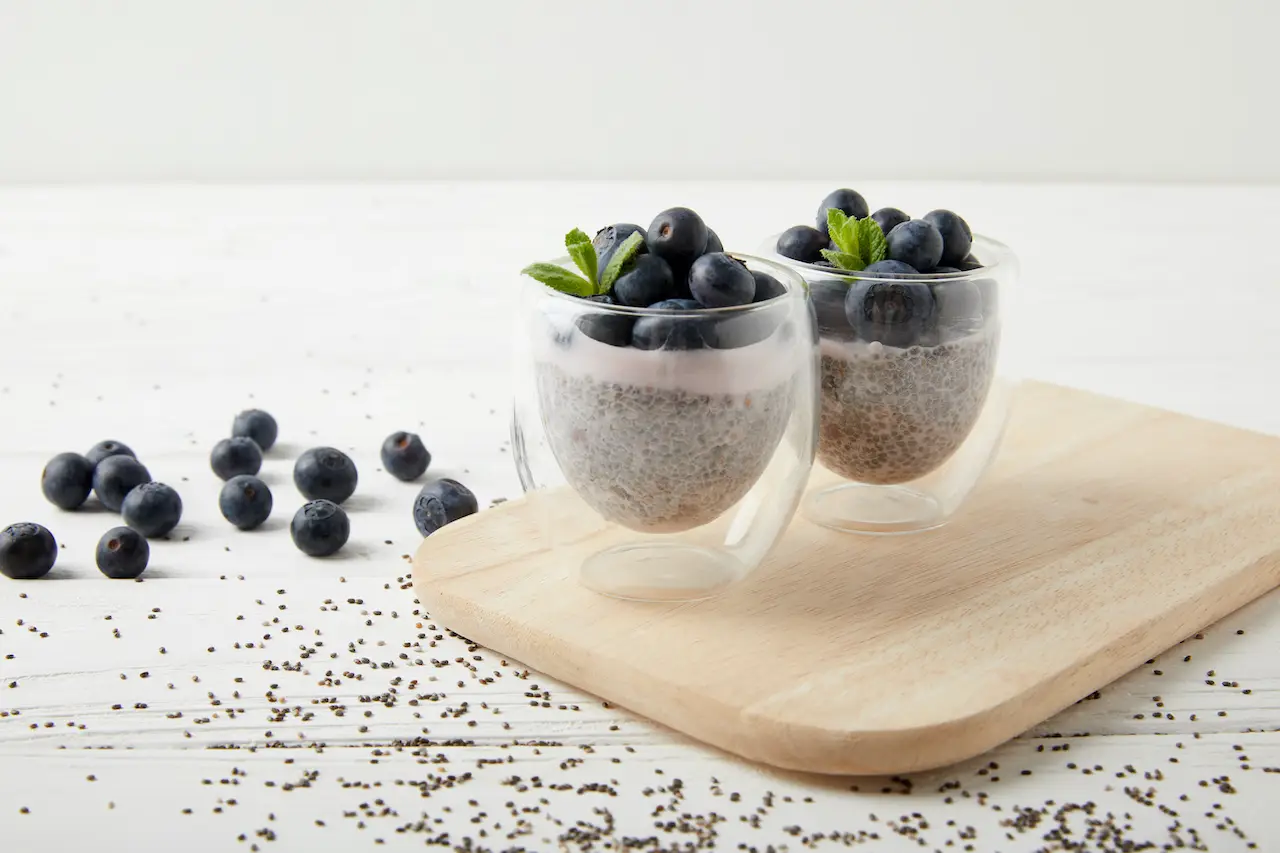Lately, I have come to realise that there are some things that 4.5 years are not enough to understand, and for others 4.5 days may be so. The latter category includes iskiate, which I first heard about in this form only a few weeks ago. And since it is not a hussle to prepare, I started to consume it.
The basic assumption was that, according to the literature, 4-6 teaspoons of chia per day can be consumed without any particular gastro-enteric side effects and the ones they mentioned (e.g. excessively low blood pressure) were light years away from me, so come on…! Right from the start, I’d settle for a placebo effect: if it got me some extra miles. I need all the help I can get, if it comes in the form of an Indian blob, then fine. We’ll figure out the rest as we go.
To start with, there is virtually no convincing evidence that has clearly linked consumption of chia seeds, chia flour or a soaked form of the seed for at least 12 weeks to weight loss, significant reductions in blood triglyceride or glucose levels, let alone an effect on cancer. The latter is likely to be affected only in the long term and indirectly through anti-inflammatory, immune modulating effects. If at all. There are probably many reasons for this, but its use in this direction was not on the agenda anyway. Undoubtedly, its essential amino acid composition, high fibre, polyphenol and vitamin content make it a valuable staple and its other beneficial effects (antioxidant, hypotensive, etc.) tip the scales towards consumption. But the only thing that interests me now is how it will perform as a fuel.
I didn’t cut corners, I started by putting 4 spoons of chia seeds in a glass of water, you don’t drink just one cup of coffee. 15-20 minutes of steeping, a little lemon (weird snot thing…), honey, ice cube, let it down, rinse… If you like the consistency of a factory baby food with a little more chewy semolina, you’ll love it.
The seed is low in carbohydrates, has a good combination of fibre, fat and protein, and is thought to be slowly digestible due to its hydrophilic nature, so it releases energy continuously. There are no blood sugar spikes and the lack of rebound is probably more likely to explain why you feel constantly replenished. However, I have also read medical opinion that blamed the carbohydrate in the seeds for the energy surge. I have not experienced this. Nevertheless, there is no doubt that when running, it does not hurt to keep magnesium levels up, for example, to avoid starting to squirm on the ground after stopping for wating for a green light. Undoubtedly, an award-winning youtube video base for such.
In 5 days, I would describe my experience as adequate, even though I cannot prove what the iskiate has added to my efforts. In fact, I went for a 10 km run on my rest day and then smoothly pushed through my afternoon padel workout thinking that I might need to go for another run in the evening. However, my knees refused to cooperate like hysterical girlfriends and I succumbed to the rebellion without negotiation. It’s happened before. You could say the little seeds worked wonders, but I could also humbly plead that I was just having a Super-man day. Obviously you have to look for a solution in between. The truth is that I am extremely distressed by blood sugar fluctuations during training, say at the end of a climb, I’m not the pinch a bit of jelly type, less grounded by the ever decreasing energy levels. For this – if we consider chia’s contribution to balanced energy delivery and maintaining hydration levels – iskiate is certainly a good choice.
I’ll up the ante to see if I can run barefoot with a headlamp, although I probably won’t have access to all the materials that made the Indians able to run around for days.


